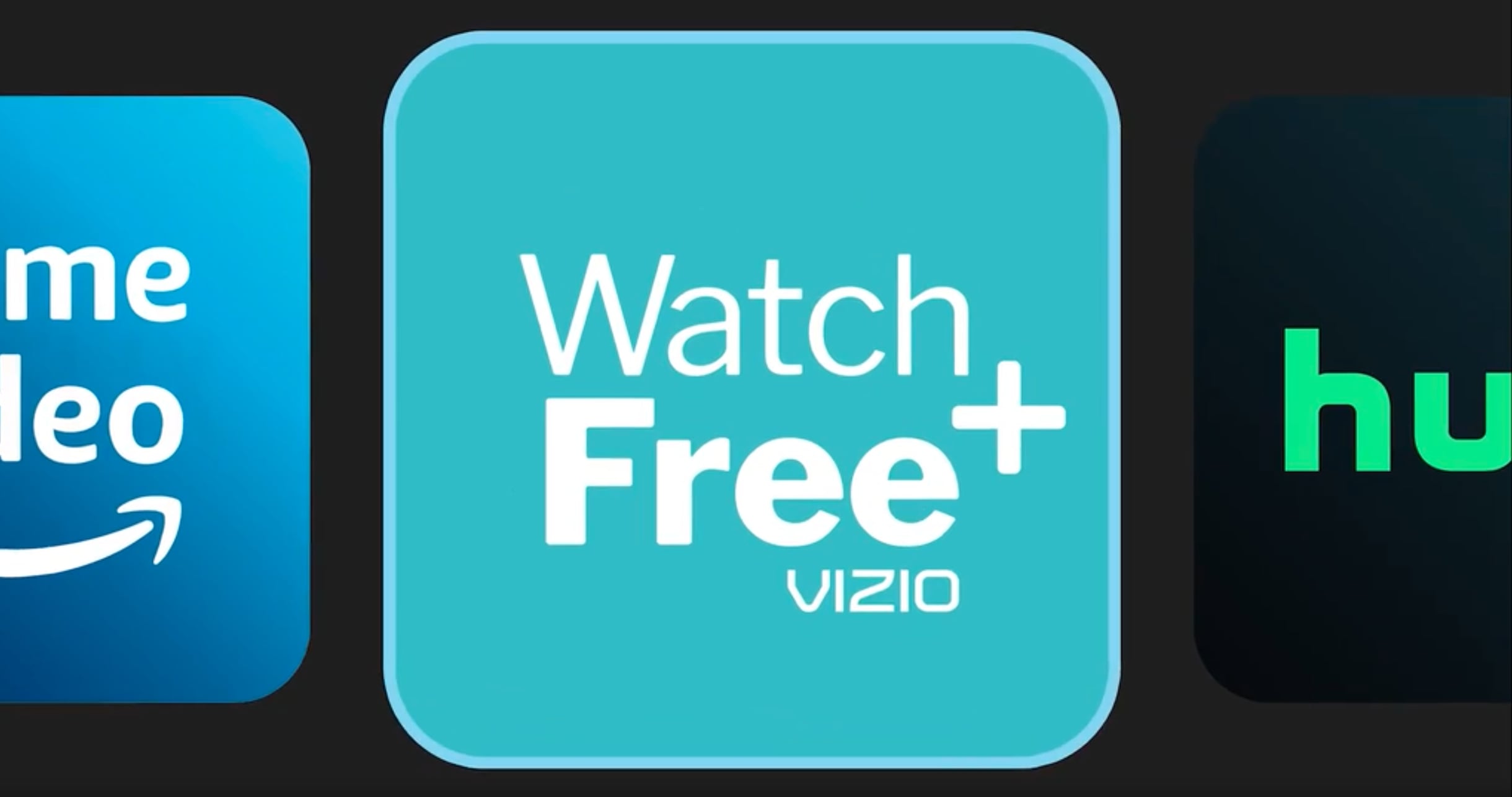Vizio SmartCast Revamp Heats Up Streaming Video’s Interface Wars
Vizio’s announcement of a revamped and enhanced version of WatchFree+ marks the latest battle in an ongoing war to differentiate one set of connected TVs from everyone else’s

The past 20 months or so, while much attention in streaming focused on the big new subscription services, a much quieter war has been unfolding on the hardware side. The crazy part about it is this war is as much about software and content as it is about hardware.
Oh sure, hardware makers are trying to find that sweet spot between crazy specs and crazy prices as they keep rolling out 4K, 8K, even 12K screens with HDR, Dolby Vision, amazing sound and all the rest on increasingly massive, sliver-thin screens. But it’s clear that having the right array of streaming apps, a fluid interface, and easy search and navigation matters, too.
Accordingly, today’s Vizio announcement of a revamped and enhanced version of WatchFree+ – the California TV maker’s home-brewed equivalent of Tubi, Xumo, and the rest of the FASTs – marks the latest battle in an ongoing war to differentiate one set of connected TVs from everyone else’s.
As part of the revamp, Vizio added two curated channels—Fork and Flight, for food and travel, and Investigation, for true-crime shows—and otherwise reshaped its offering of hundreds of live, local and linear channels that includes plenty of big-name TV providers, including CNN, Hallmark, MLB, and AMC.
All of it sits on Vizio’s own SmartCast interface, which competes with the likes of Roku, Apple TV, Amazon Fire TV devices, and the proprietary interfaces of its direct competitors, TV makers such as Samsung, Sony and LG.
Importantly, Vizio used data it collects from Inscape, its in-house analytics unit, to speed up the interface, now more easily navigated with its new voice-operated remote. Now, the company promises “streamlined search also enables users to access movies, shows and more in fewer steps, serving up content that’s intelligently curated around each viewer’s interests.”
Most of the companies competing in some fashion with Vizio also are tweaking what they offer, trying to build a smart and regularly evolving version of what feels increasingly like traditional “TV” viewing, but on connected screens with better ads and more targeted, diverse programming.
The smarter way to stay on top of the streaming and OTT industry. Sign up below.
Those are reflections of two parallel trends animating the streaming world: TV makers upgrading their user interfaces, often years after an initial sale, and free-ad-supported video providers curating and even producing original content. Both trends are about differentiating from the competition in spaces that can easily slide into same-ol’-same-ol’.
Last October, Google rolled out a fourth-generation Chromecast streaming device that uses Google TV as the launcher interface sitting atop Android TV software (got all that? Who does marketing for Google anyway?). In a major development, Chromecast finally has an actual physical remote control, rather than just a mobile app.
Similarly, the biggest improvement that Apple made to its latest Apple TV 4K streaming box was a dramatically improved remote control. The replacement remedies the most vexing component on the most expensive external device, and is so much better than its predecessor that Apple is selling just the remote for $60.
WatchFree+ competitors have been stepping up, too.
Redbox Entertainment just announced its FAST service is expanding a slate of original films, with a true-crime thriller starring Josh Duhamel, Elisha Cuthbert, and Mel Gibson. Fox’s Tubi also announced last week that it had signed an exclusive AVOD window with STXfilms for a slate of films, including a documentary called Into the Lost Desert that premiered Sunday.
Vizio was No. 3 in U.S. market share last year, as many households upgraded their sets during the pandemic’s ravages with the kind of purchases that typically stick around in a living room for six or seven years. Vizio already reaches 13.4 million households with SmartCast, well behind the 50-million-plus households of Roku and Fire, but a significant market that advertisers will want to reach.
And in making the announcement, Vizio made sure to point out advertisers will benefit from the revamped interface, too.
“By knowing what viewers are watching, we can make informed decisions on the types of content that will resonate best and ensure that we deliver the right content to the right audiences,” said Vizio Chief Revenue Officer Mike O’Donnell in a release.=
And that’s the point ultimately. Increasingly, even TV makers who make much of their money from hardware sales must adapt to the challenges and opportunities that come from caring about what people actually watch for years after buying those screens.
As more and more TVs get smart, and their viewers get smart enough to maximize the use of those TVs to watch a wide array of largely similar FAST offerings, they’ll start looking for the best experiences, easiest navigation and unique content. If that sounds a lot like what the subscription streamers have been grappling with these past couple of years, we can hardly be surprised.
David Bloom of Words & Deeds Media is a Santa Monica, Calif.-based writer, podcaster, and consultant focused on the transformative collision of technology, media and entertainment. Bloom is a senior contributor to numerous publications, and producer/host of the Bloom in Tech podcast. He has taught digital media at USC School of Cinematic Arts, and guest lectures regularly at numerous other universities. Bloom formerly worked for Variety, Deadline, Red Herring, and the Los Angeles Daily News, among other publications; was VP of corporate communications at MGM; and was associate dean and chief communications officer at the USC Marshall School of Business. Bloom graduated with honors from the University of Missouri School of Journalism.

